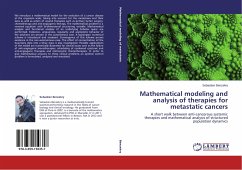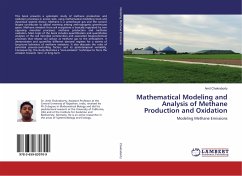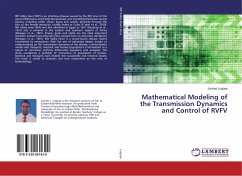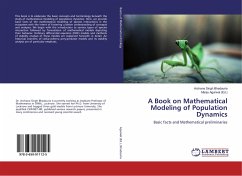
Mathematical modeling and analysis of therapies for metastatic cancers
A short walk between anti-cancerous systemic therapies and mathematical analysis of structured population dynamics
Versandkostenfrei!
Versandfertig in 6-10 Tagen
55,99 €
inkl. MwSt.

PAYBACK Punkte
28 °P sammeln!
We introduce a mathematical model for the evolution of a cancer disease at the organism scale, taking into account for the metastases and their sizes as well as action of several therapies such as primary tumor surgery, chemotherapy and anti-angiogenic therapy. The mathematical problem is a renewal equation with bi-dimensional structuring variable. Mathematical analysis and functional analysis of an underlying Sobolev space are performed. Existence, uniqueness, regularity and asymptotic behavior of the solutions are proven in the autonomous case. A lagrangian numerical scheme is introduced and...
We introduce a mathematical model for the evolution of a cancer disease at the organism scale, taking into account for the metastases and their sizes as well as action of several therapies such as primary tumor surgery, chemotherapy and anti-angiogenic therapy. The mathematical problem is a renewal equation with bi-dimensional structuring variable. Mathematical analysis and functional analysis of an underlying Sobolev space are performed. Existence, uniqueness, regularity and asymptotic behavior of the solutions are proven in the autonomous case. A lagrangian numerical scheme is introduced and analyzed. Convergence of this scheme proves existence in the non-autonomous case. The effect of concentration of the boundary data into a Dirac mass is also investigated. Possible applications of the model are numerically illustrated for clinical issues such as the failure of anti-angiogenic monotherapies, scheduling of combined cytotoxic and anti-angiogenic therapies and metronomic chemotherapies. In order to give mathematical answers to these clinical problems an optimal control problem is formulated, analyzed and simulated.












